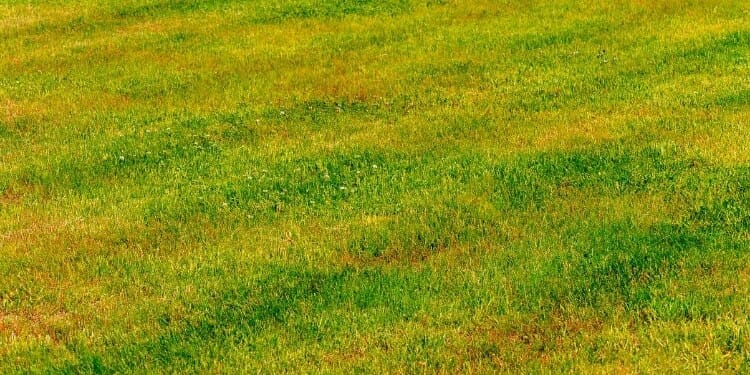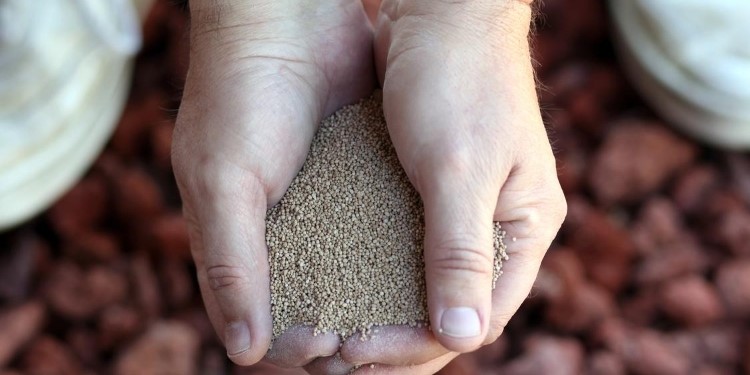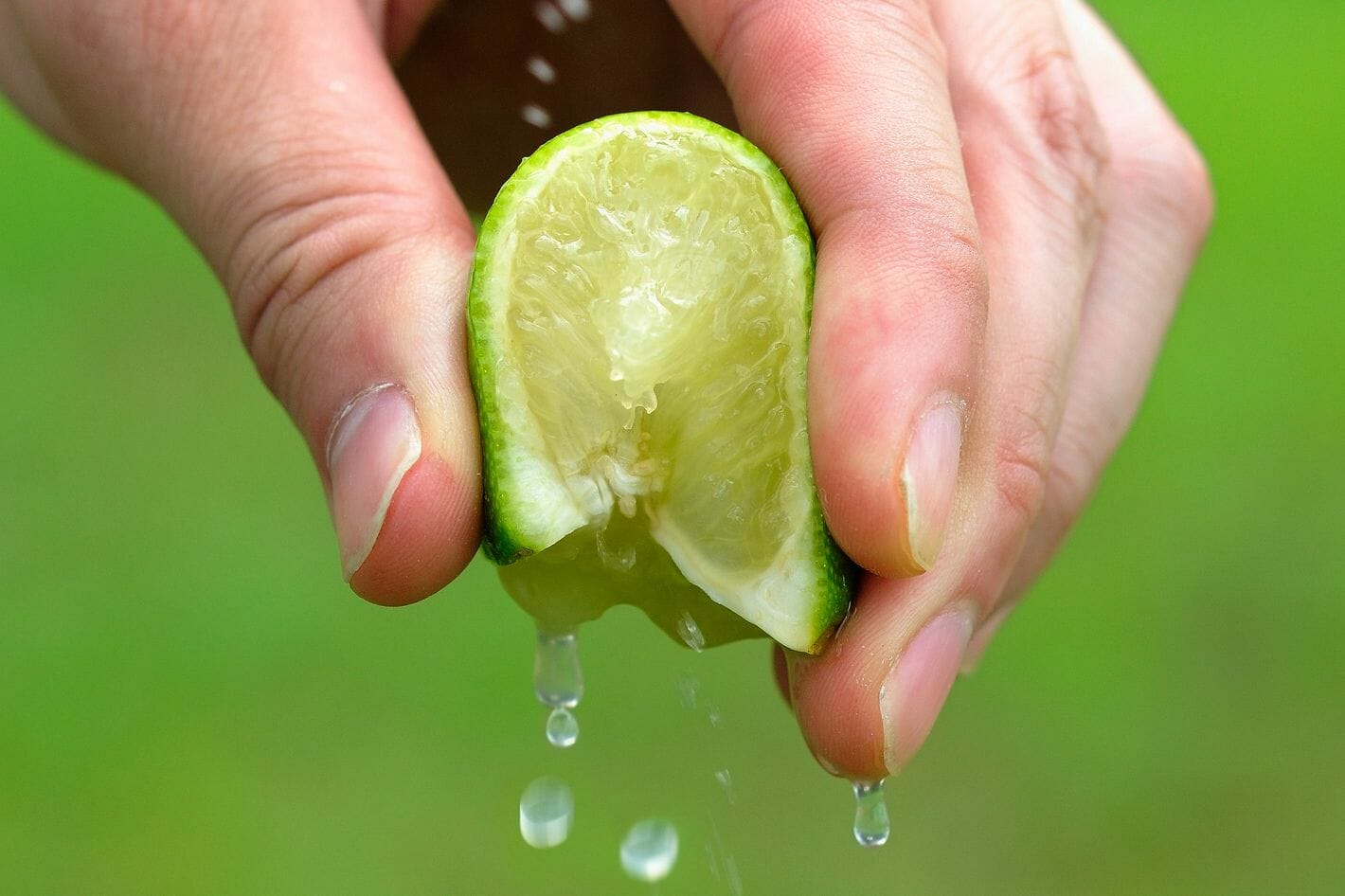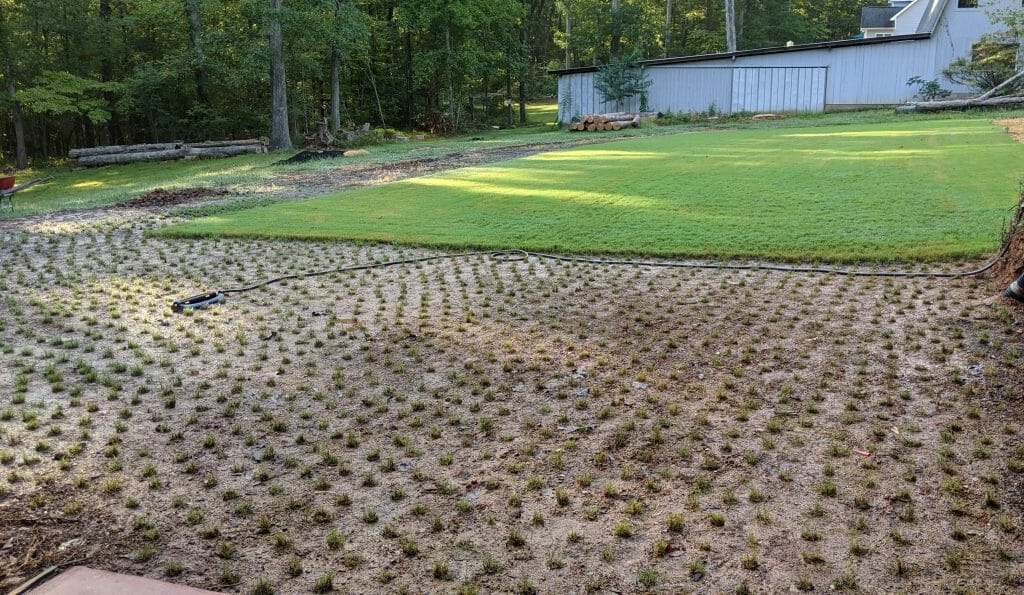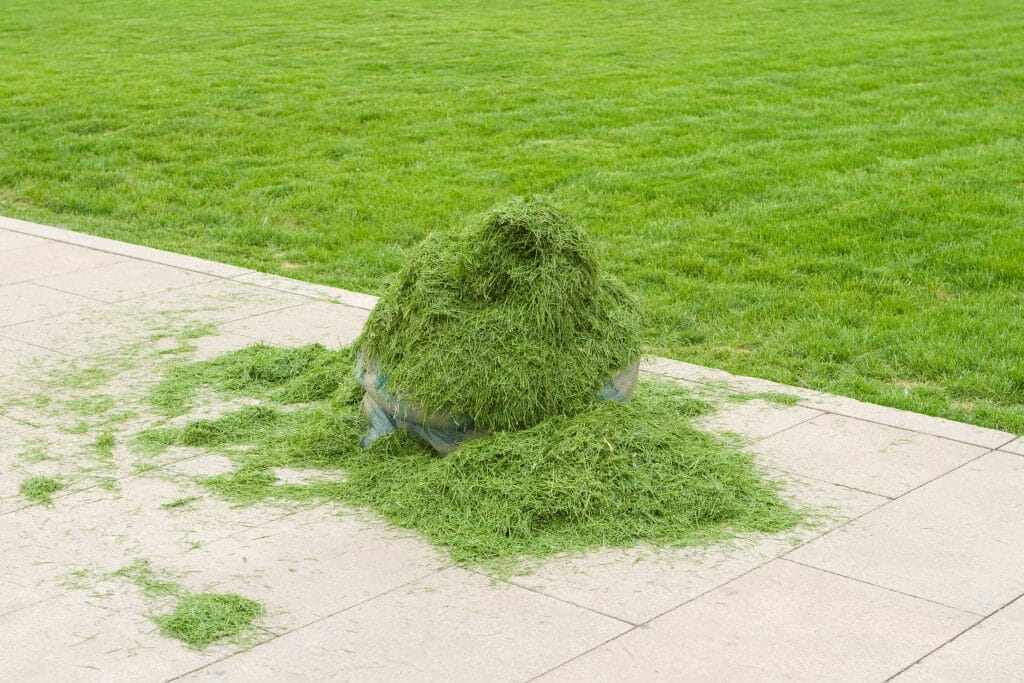Naturally, we all want a lush, green lawn but this doesn’t just happen. Your lawn needs regular maintenance to keep it in top condition. One of the questions often asked is “how to tell of your lawn needs lime”. Don’t worry. We’ll answer this question in depth and also explain why lime is so important for a healthy, thriving lawn.
What Does Adding Lime To Lawns Do?
Primarily, lime is a soil conditioner which adjusts the pH of your soil. If your soil is too acidic, it inhibits the release of other nutrients and your lawn will fail to thrive. This is due to reduced microbial activity.
Depending on the variety of grass that you’re growing, the ideal soil pH is between 6.2 to 7.0. Warm season grasses can tolerate soils which are more in the lower range.
All soils can become acidic over time especially in areas of high rainfall. Some soils, like sand and clay, are naturally acidic. Therefore, they need a little help to neutralize their acidity level.
So basically, lime reduces the acidity level of your soil and this allows the grass to access all the available nutrients it needs to grow. Just adding fertilizer to an unhealthy lawn won’t do the trick. This is because nutrients are tightly bound in a highly acidic soil and the grass cannot absorb them.
What Causes Soil To Become Acidic?
Most soils will become acidic over time. As mentioned before, some soil types are naturally acidic like sandy soils and clay.
The main causes of soils becoming acidic are leaching due to heavy rainfall or excessive watering or the overuse of nitrogen fertilizers. Therefore, adding lime to lawns when needed restores the soil’s pH to a more optimal level.
What Are The Telltale Signs That Your Lawn Needs Lime?
You can tell if your lawn needs an application of lime in various ways. Here are the telltale signs to look out for:
- Your lawn is showing signs of yellowing and is not as green as it should be.
- There are a growing number of weeds showing up in your lawn. Weeds generally love acidic soil and because grass doesn’t, the weeds will thrive. This is especially true for clover, dandelion and knotweed.
- When you do a soil test, it confirms that your soil is acidic because the pH level is below 6.2.
- Your lawn is not thriving even after you give it a good dose of fertilizer. This is because the nutrients in the fertilizer cannot be taken up by the grass due to the high acidity level of the soil.
- Moss is starting to grow in your lawn. Like weeds, moss loves acid soils and will start to crowd out your grass.
- Obviously, if you have clay or sandy soil, you’ll need to add lime at regular intervals to reduce the natural acidity.
- You’ve had a lot of rainfall and therefore, nutrients have been leached out of your soil.
- Your lawn is not growing as well as it should.
- The lawn is becoming notably stressed during periods of hot weather and drought and does not recover as it should.
- Your lawn is showing signs of disease and insect infestation. If a lawn is not able to get the nutrients it needs to flourish, it will be more prone to disease and insect attack.
When To Add Lime To Your Lawn
The best time to add lime to your lawn is in the Fall. The soil’s pH will take some time to adjust, so allowing it to do this over winter is a good idea. Therefore, if you apply the lime in the Fall, you’ll once again have a lush, thriving lawn in the Spring.
You can also add lime to your lawn in early Spring. But remember, it will take a few months before you see any positive signs in your lawn’s appearance. Try to use a fast acting lime with finely ground particles if you’re applying it in Spring.
After you’ve added the lime, it’s best to hold off adding a fertilizer until you start to see the grass spring back to health.
How To Add Lime To Your Lawn
It’s a good idea to aerate your lawn before adding the lime. This will allow the lime particles to move down into the soil and begin working to reduce the acidity.
You can purchase a lime additive in a granular, pelletized, pulverized or hydrated form. The choice is entirely up to you and will also depend on when you intend to add the lime.
Lime in granular or pelletized form will take longer to break down and thus, reduce the acidity of your soil. Therefore, these are best used in the Fall. This will give them time to improve the pH level of your soil.
On the other hand, if you’re liming in Spring, it’s best to use powdered or hydrated lime as it’s much faster acting. If using powder, make sure it’s not a windy day so that the fine powder particle don’t just blow away. You want to ensure that the lime actually goes down into the soil.
Also, be careful with the dosage if you’re using hydrated lime as you can easily overdose the soil if you add too much. Just follow the recommended dosages on the product you select.
Once you’ve applied the lime, make sure that you water it in well so that it gets down into the soil.
Frequently Asked Questions:
How often should you put lime on your lawn?
There is no easy answer to this because it depends on your particular situation. Some people have to apply lime every few months, some annually and others only every 3 to 5 years.
Keep an eye on your lawn to see if there are any signs of lime deficiency. Also, conduct regular soil tests to check the pH level. This is the best way to tell what nutrients are missing from your lawn.
Will Lime Kill Weeds?
Because lime alters the pH level of the soil, it can effectively reduce the likelihood of weeds and moss growing in your lawn. It won’t kill the weeds but rather, create an inhospitable environment for them to grow.
Should I lime my lawn before it rains?
If you’re expecting a heavy rainfall, then it’s best to delay adding lime to your lawn. The rain is likely to wash away the lime before it has time to recondition your soil.
Final Thoughts
Adding lime to your lawn helps it grow better and greener. By raising the pH level of your soil, your grass is better able to take up the nutrients that it needs to flourish throughout the growing season.

